MusicRadar Verdict
An intuitive and very musical bit of gear and one that should stand the test of time. Now, where did we park the Trans-Am?
Pros
- +
Solidly built.
- +
Intuitive interface.
- +
Lots of sequencing and control capabilities.
Cons
- -
Not all controls are illuminated.
MusicRadar's got your back
What is it?
There’s something satisfyingly ’80s about Korg’s new SQ-64 sequencer. I’m not sure if it’s the red LEDs that look part Cylon and part KITT, or the white-on-black paint job but it works.
The SQ-64 manages to hark back to days long gone while assuming understated modernity. It’s a fine-looking piece of gear, with a sleek but confidence-inspiring heft. All the controls feel good to the touch, with nice positive action. The rotary controls have detents, which make for ease of navigation in a dark studio or on stage. The only button that feels less precise is the small power button (I’d prefer a switch).
Jack sockets, for CV and MIDI, abound, each with a good grip on cables, so patching won’t come undone too easily and, although there’s no cable loop for the power, there is a USB-type mini B socket, of which I don’t necessarily approve and hope more manufacturers make the move to USB-C, which is a physically more sturdy connection.
Turning our attention back onto the main panel, the lion’s share of the device is taken up by the 64 buttons, which serve multiple functions with various other knobs and buttons logically laid out, most often with a light to notify the current status. I do wish that the transport controls had a light on, rather than just when active, which would nullify any fumbling around in the dark.
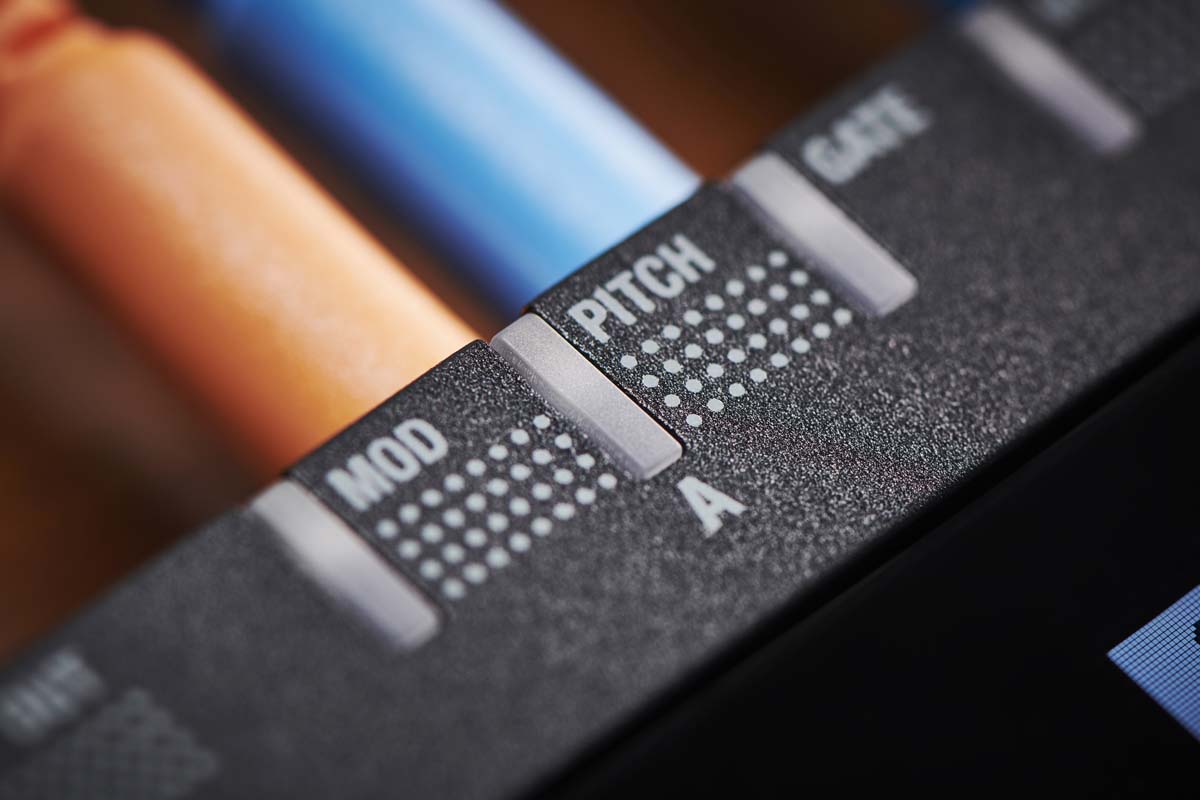
The rotary knobs are totally unlit but to be honest I can forgive that, as they are encoders rather than pots, so the data is displayed on the bright and crisp OLED display which, although small, is nice and easy to read.
As well as some text labels printed on the surface, there are illuminated markers that show when any of the outputs are triggered, a nice way of adding some at-a-glance feedback on your patterns.
So, ‘what can this thing do?’ I hear you cry. Well, it’s four sequencers in one; three melodic, with outputs for pitch, mod and gate, and one for drum patterns. For this there are eight CV outs, although you can set more complex patterns and output via the MIDI channel.
This is a nice option to have but I like the one-for-one setup, which is perfect for modular rigs. This is similar to what you would get from something like an Arturia Keystep Pro, but here you sacrifice the keyboard for a device that is around a quarter of the size.
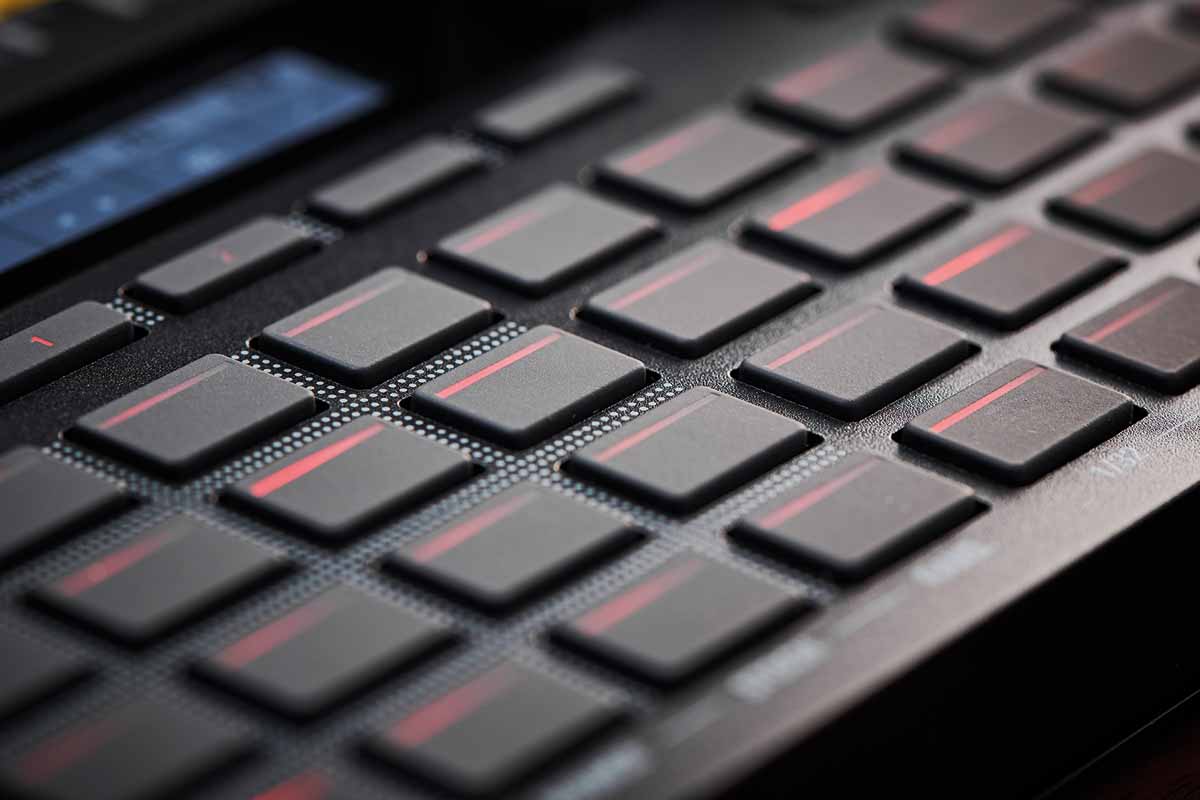
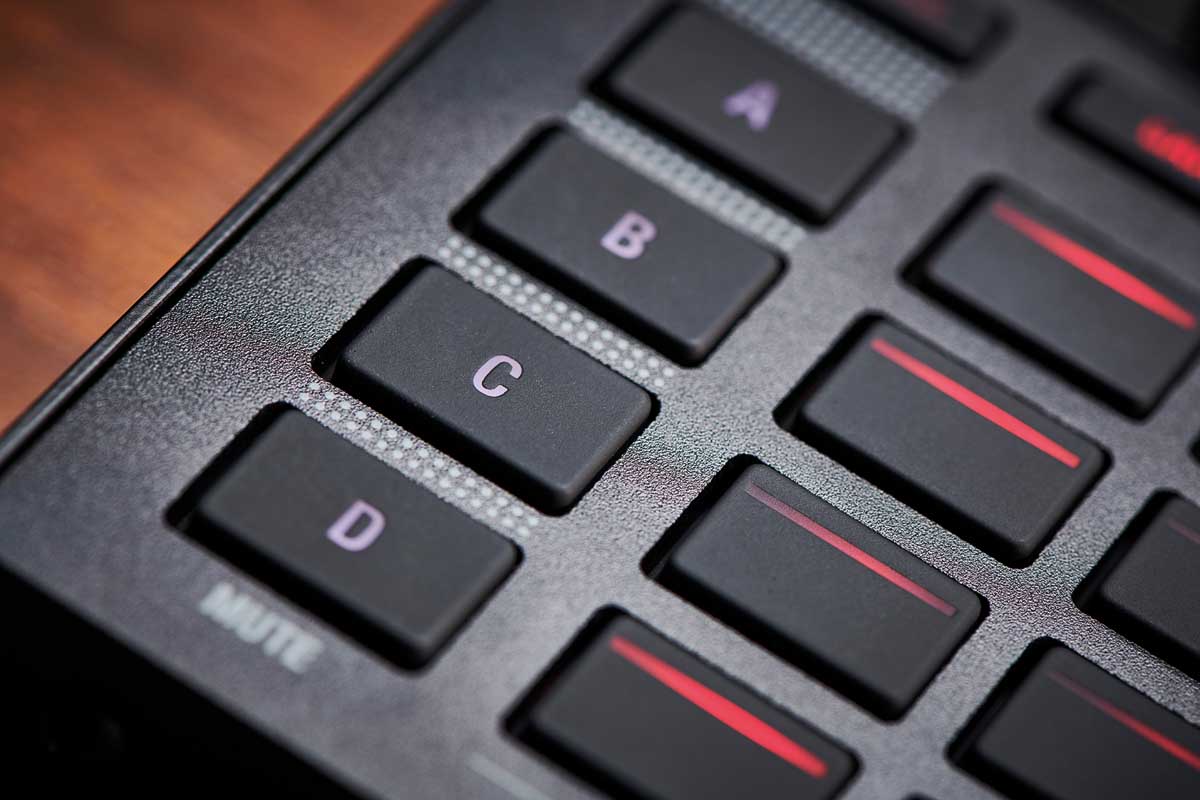
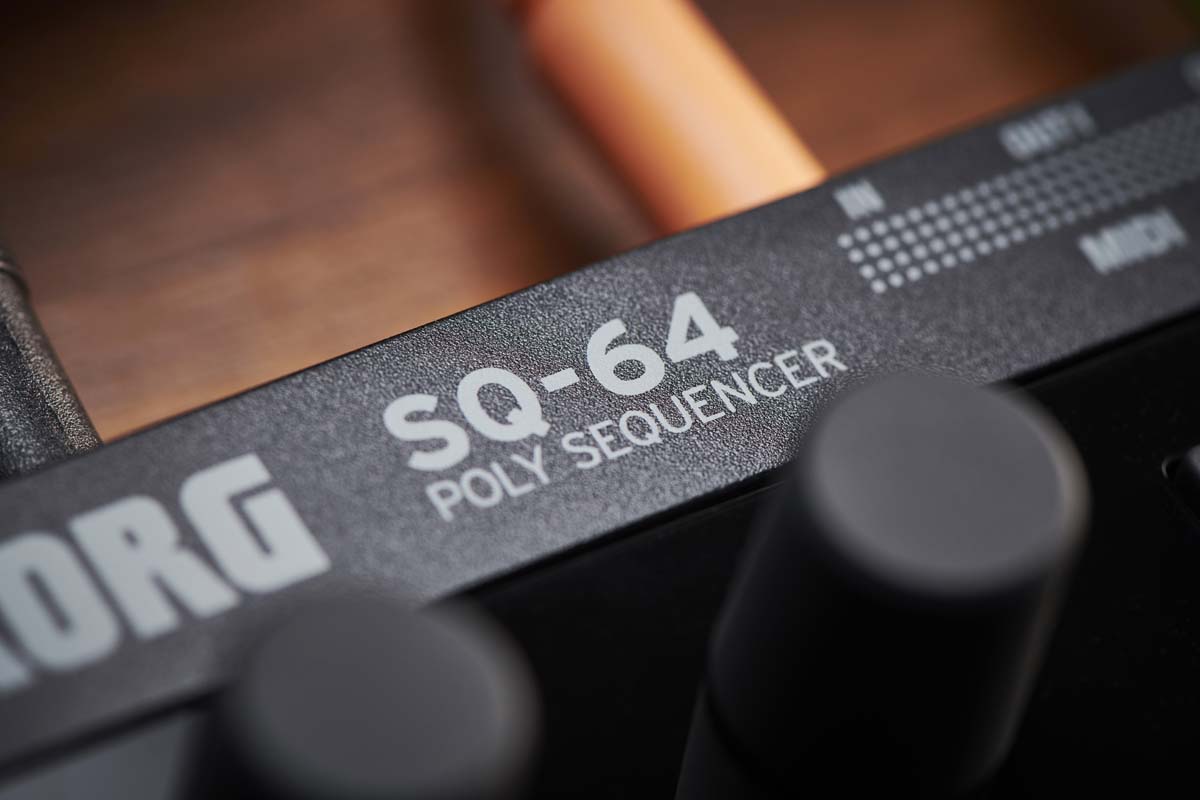
Performance and verdict
The SQ-64 can be played in keyboard mode; though, while this is a handy trick, it’s not the most intuitive method for playing. The main grid of buttons is used for a whole multitude of tasks, from song selection, then pattern selection to step selection among others.
Each key is lit red for the most part, with the live step-changing to a white light, the output light glowing at the same time so that you can match what you are coding in various ways. Dedicated buttons for mod, pitch and gate channels keep things nice and simple, without much in the way of button acrobatics.
There is a shift button but it’s not used nearly as much as I had feared, thankfully. Hitting the global button allows you to set various aspects of the device so it fits with the rest of your gear, including things like 5 or 10 volts for pitch output, CC control mapping and the like.
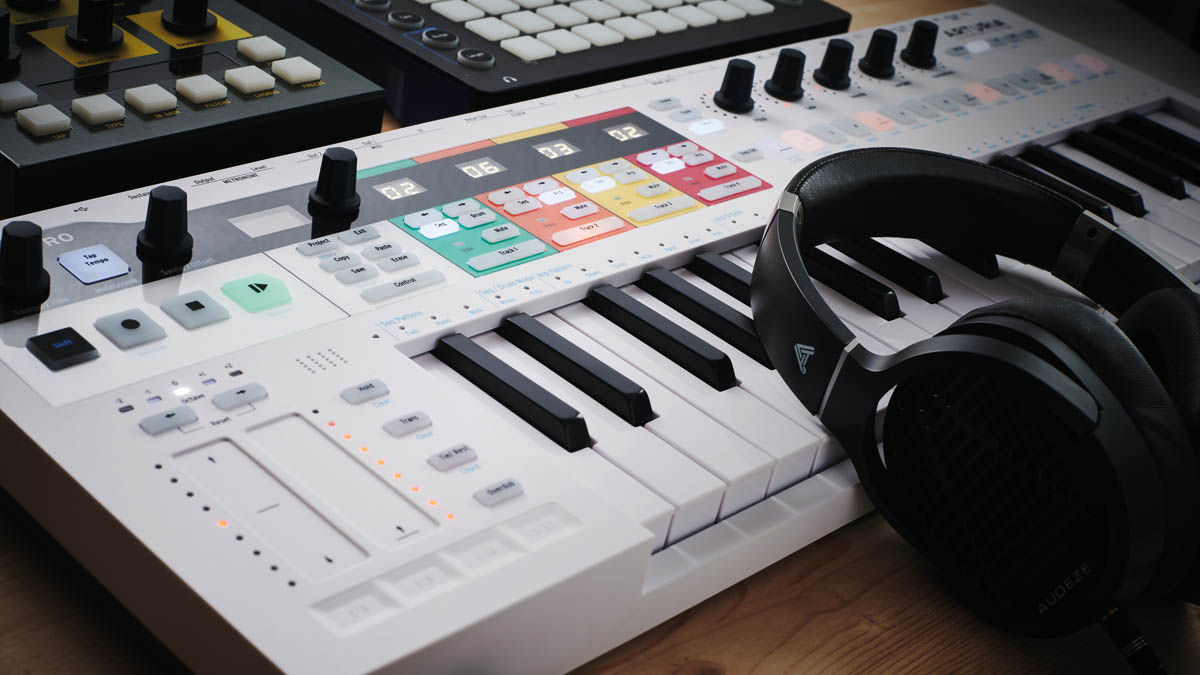
• Arturia Keystep Pro
For melodic sequencing duties and flexible hardware control, this is one of the best devices on the market.
• Akai MPK mini mk3
A very decent upgrade with genuinely pro features, that cements its position in the top handful of mini keyboard controllers available.
I can’t think of an option that isn’t catered for here. That just about covers it for getting up and running, so how about the fun stuff? Well, you choose a pattern, of which there are 64 user-saveable (same for songs, or projects, as Korg calls them), set a pattern length, rotation …and get sequencing!
The joy of this sequencer is that as well as the basics like setting pitches, bridging notes and sliding notes, you have more advanced options to really make your music the way you want.
An example of this is when setting glide/slide between notes you have control over the type of interpolation. You can, of course, leave it as a straight linear transition but you can switch this to log or exponential, with a twist of a knob.
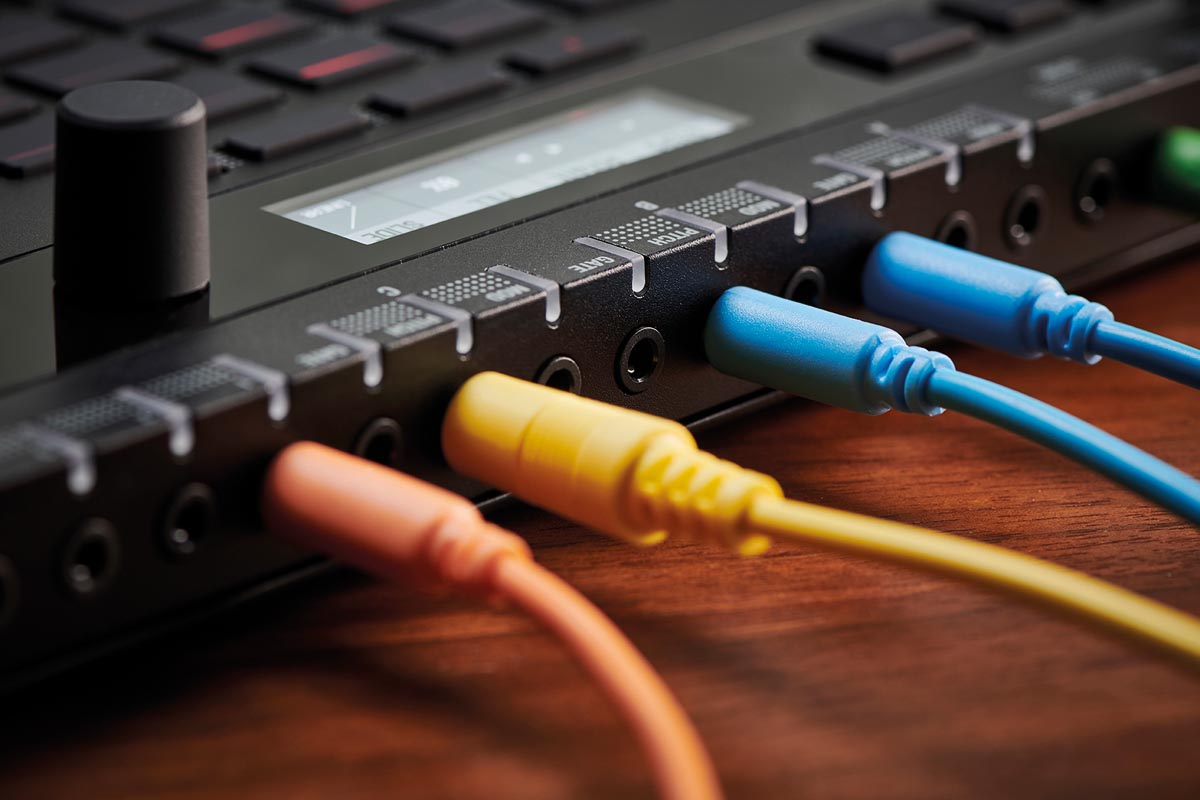
Now, when it comes to inputting pitches you have a couple of options. You can select a step then turn a knob. The resulting choice is displayed on the screen. If your music theory chops are in order then this isn’t a bad option but some may find it harder to get the desired result.
There’s also the keyboard mode mentioned earlier but I think the best option is ISO mode, where the top row of tracks shows the pattern, the lower three tracks then light up in ISO fashion, depending on the scale you have chosen for your project.
I love this method, which is reminiscent of using something like a Novation launchpad. If it’s lit you know you will be in key. There are all the usual suspects when it comes to scale choice but I couldn’t find a way to save my own custom scales. A small omission maybe but one that I hope can be fixed in a firmware update.
The SQ-64 does drum patterns with equal aplomb. It’s simple to pick a channel, then tap in your rhythm, seeing the outputs glow as you do. I’m a big fan of simple workflows, especially for drums, so this approach is good, as it’s dependable and means no learning curve.

The fact that the drum sequencer outputs eight separate CV outs is not only good for percussion but for all manner of other uses. In reality, you are looking at eight rhythmic triggers, so you could use these to launch all manner of events in your modular system, from strumming Mutable Instruments Rings to triggering a sample & hold, or countless other CV-based possibilities.
I mentioned earlier that the SQ-64 doesn’t just output to CV but also to MIDI which really opens things up to any gear you might care to mention, including hooking up to your DAW to sequence software instruments. The MIDI is connected by 3.5mm jacks or the USB-C socket and there are also sync in and out jacks.
While the MIDI options do allow a little more versatility, like extra tracks of drum output, I think this type of device is vastly more suited to the Eurorack modular synth crowd than to people sequencing their DAW, or older mini-only synths. I do wish the SQ-64 came in a Eurorack version.
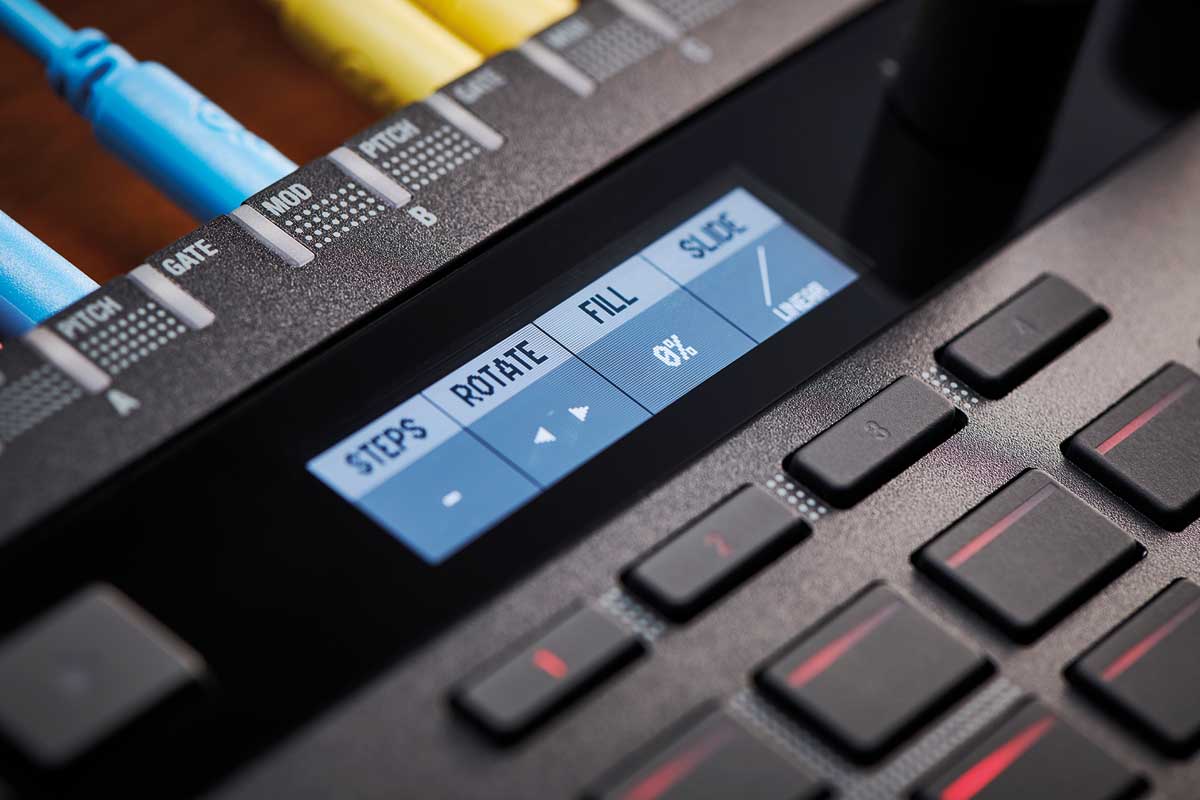
Admittedly it’d take up rather a lot of value hp but it could be worth it, as the hub of a system. That said, it’s small and portable, so gigging with it may never be a concern.
Another factor that could be of substantial use for live performances is the comprehensive set of save options in that each of the 64-step buttons also corresponds to save locations, for project, track and pattern; so plenty of room to run an entire show from, letting you stay hands-on with expressive controls, or other instruments.
It’s also a simple process to copy and paste these from one to another, something that can be a struggle with some devices, where there’s a lack of appropriate controls.
This just goes to show the development care and thought that was put into the SQ-64. Of course, there are things that I’d change but they are minor and many people won’t even notice, or be bothered by them. All in all, Korg has created such a solid little sequencer that it’d be churlish not to recommend takes a place high on your shortlist.
It doesn’t even stop there as there are plenty of other features that I haven’t had the space to go into, such as the polyrhythms, ability to play your sequences in quarter notes, triplets and more. Suffice it to say this is a solidly built, comprehensive sequencer that is both musical and very intuitive.
MusicRadar verdict: An intuitive and very musical bit of gear and one that should stand the test of time. Now, where did we park the Trans-Am?
The web says
”One of the exciting aspects of modern hardware sequencers is all of the options for playback. Chance and probability have emerged as must-have elements to keep sequences interesting. Korg have included a number of playback and performance functions in the SQ-64 to keep things randomly interesting.”
Attack Magazine
Hands-on demos
Korg
Molten Music Technology
loopop
Specifications
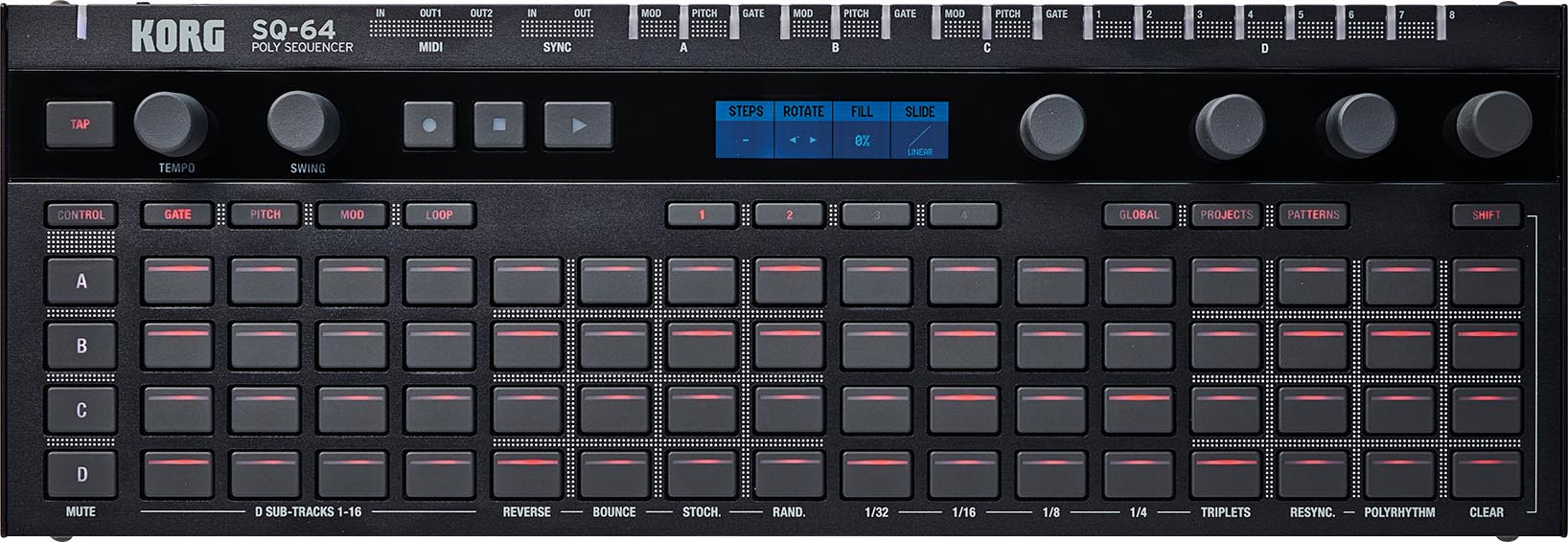
- TYPE: 64-step sequencer
- KEY FEATURES: Works with MIDI and control voltage. Four tracks. Three melodic, one drum, OLED screen for navigation. Multiple workflow methods
- CONTACT: Korg UK
“I used everything I knew about music”: How Green Day exceeded expectations with their most ambitious song
YouTube just added AI tools that makes musicians, library music and video editors redundant
“Every one of them said yes without hesitation": Hank Marvin and Roger Taylor have just remade a '60s classic for charity










